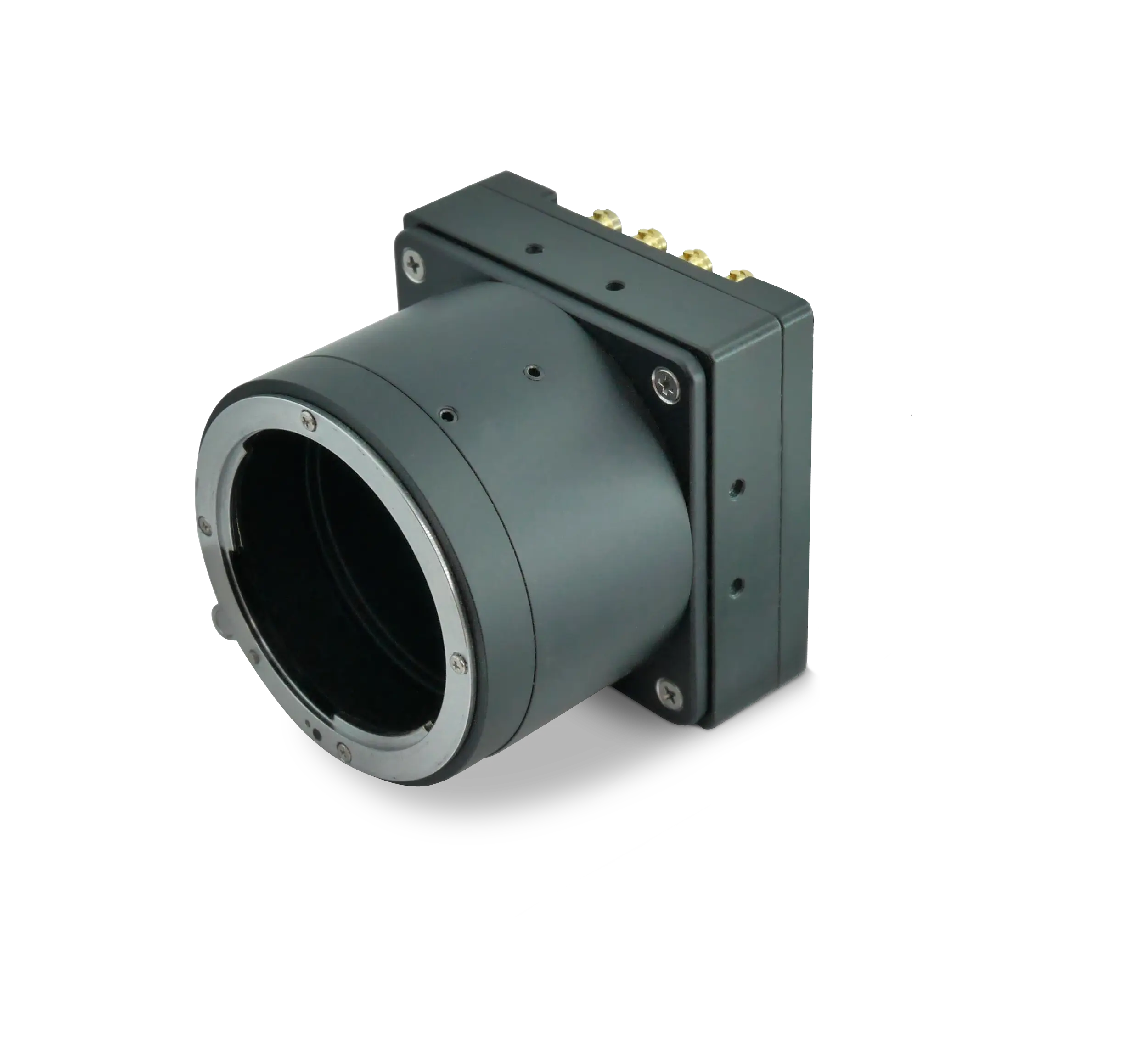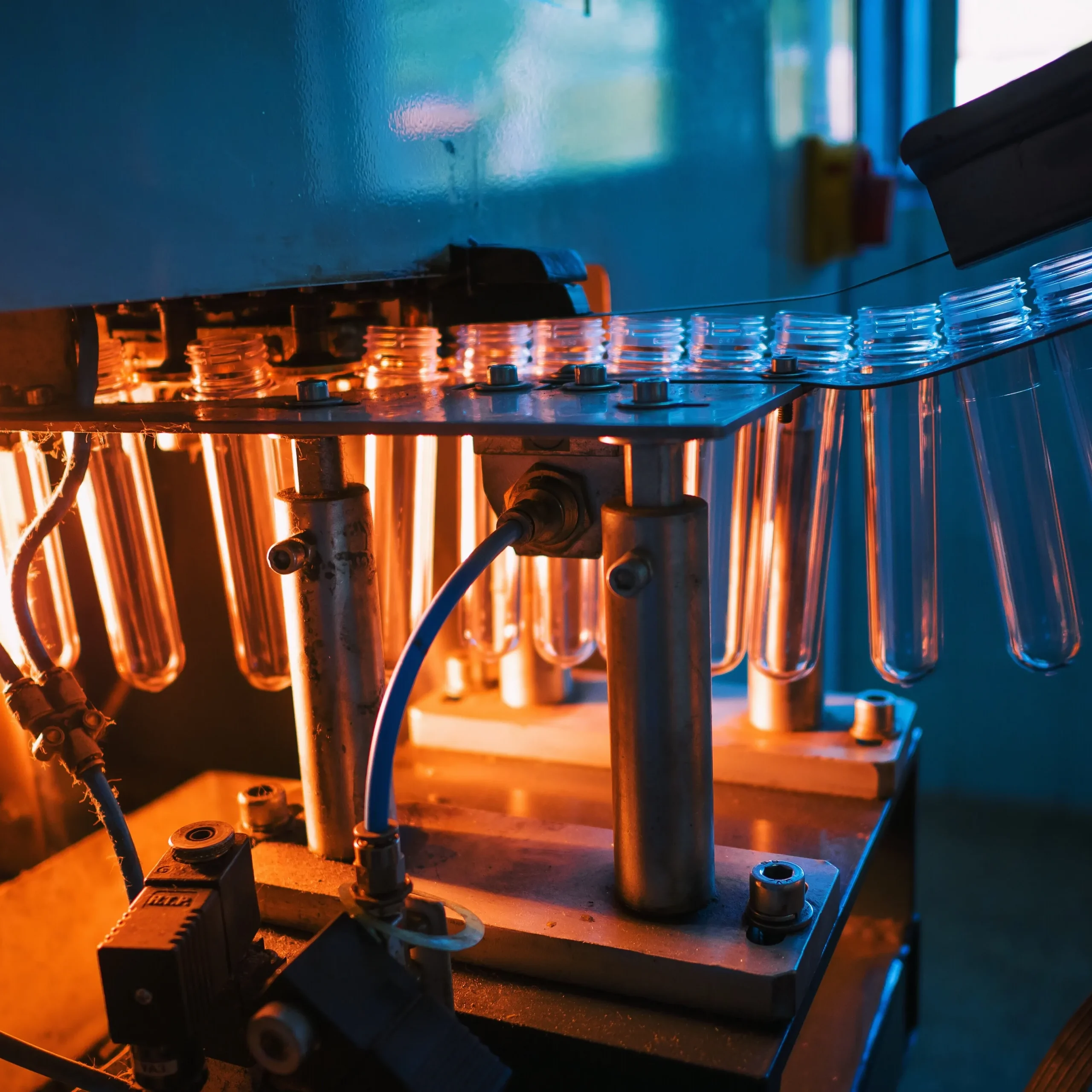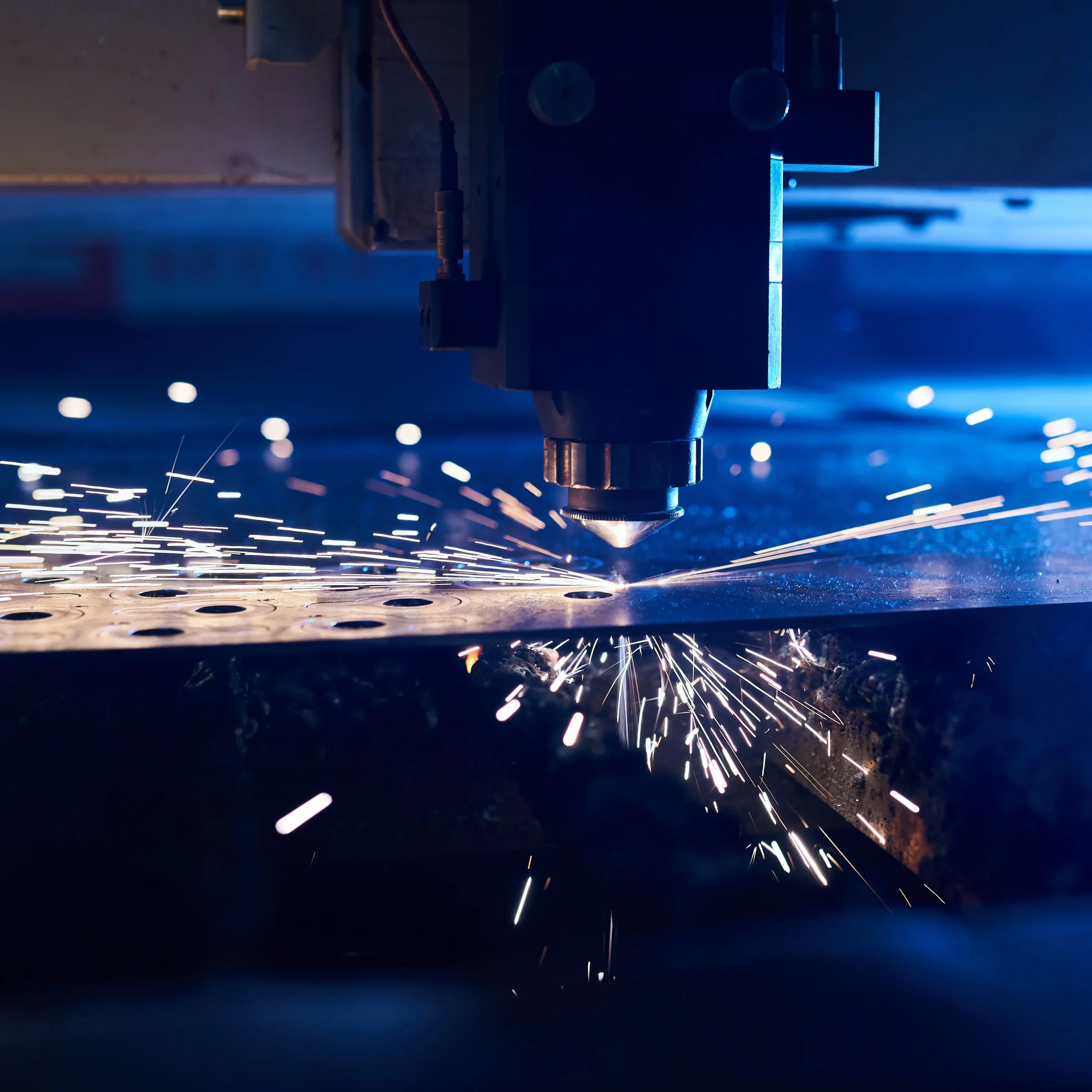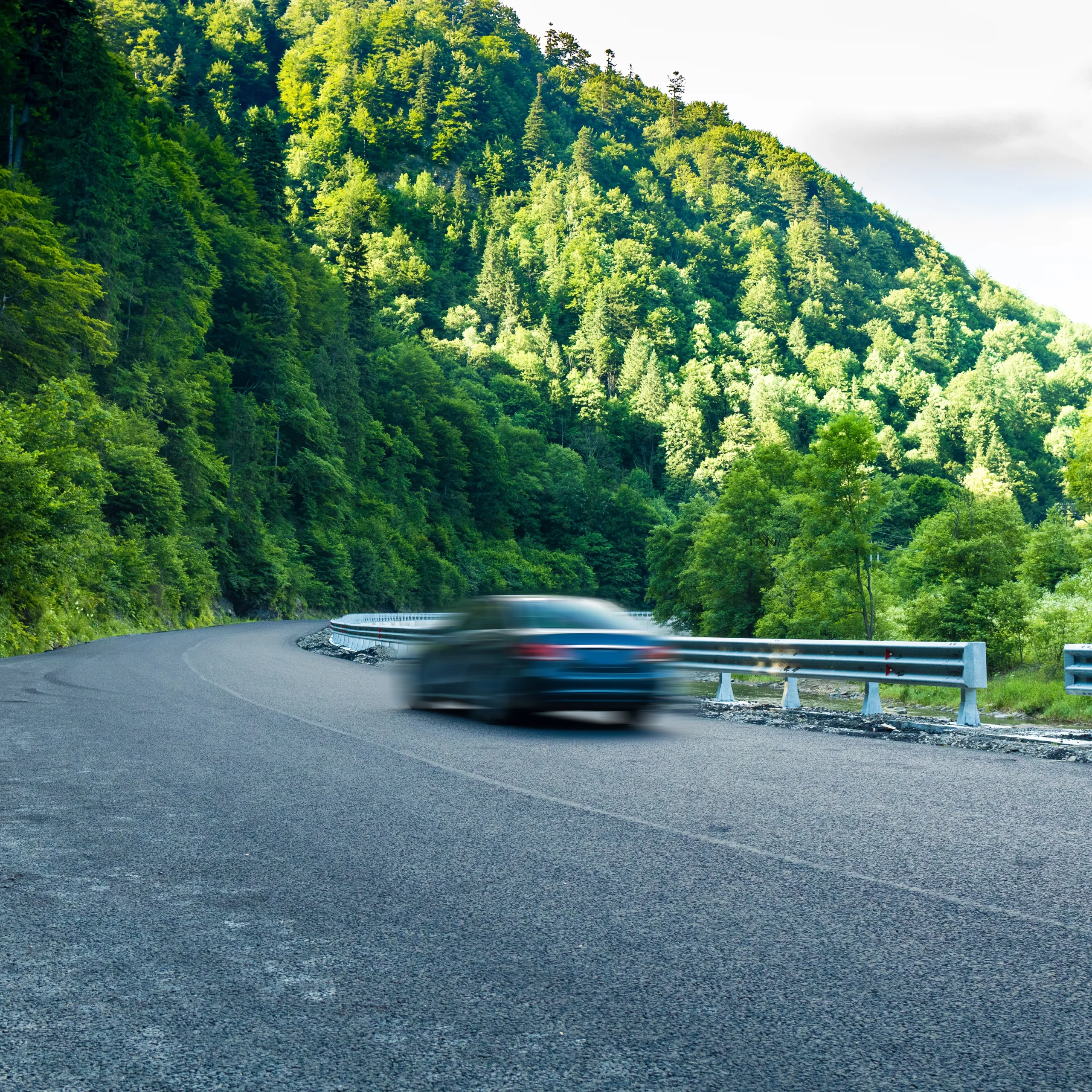Autonomous Underwater Vehicles (AUVs) are transforming the way shipowners, navies, and energy companies maintain their fleets and subsea assets. By placing advanced sensors where divers once ventured, operators gain continuous, risk-free insight into the integrity of hull plates, welds, propellers, pipelines, and offshore structures. At the center of this revolution is a new generation of underwater machine vision cameras that deliver real-time clarity despite the challenges of turbidity, low light, and platform motion. Powered by KAYA Vision’s Iron SDI 305, these high-resolution maritime vision systems capture true-to-life 4K imagery while meeting the severe constraints of submerged robotics.
The Inspection Challenge Below the Waterline
Corrosion, biofouling, and mechanical damage accumulate silently beneath the surface. Traditional dry-dock surveys interrupt vessel schedules and can miss defects that evolve between maintenance cycles. Rope-access divers and Remotely Operated Vehicles (ROVs) help, but both approaches are expensive, weather-limited, and slow. An AUV equipped with precise imaging rises above these constraints by operating autonomously day or night, following the hull contour at centimeter standoff, and transmitting data in real time.
The imaging payload, however, must conquer several barriers:
- Limited ambient light and significant attenuation in turbid water columns.
- High backscatter caused by suspended particles illuminated by strobe or LED arrays.
- Platform motion due to AUV maneuvering and current shear.
- Harsh pressure, temperature, and vibration profiles.
- Strict power budgets and space claims inside pressure vessels.
These factors place extreme demands on underwater machine vision cameras. Resolution must be high enough for crack detection yet sensors must remain sensitive to avoid excessive gain noise. Global-shutter architectures are preferred to minimize spatial distortion when the vehicle pitches or rolls. Ruggedization and temperature tolerance guarantee survival during deep dives and long transits.
Iron SDI 305: Built for Subsea Robotics
KAYA Vision’s Iron SDI 305 answers these requirements with a purpose-engineered balance of imaging fidelity and mechanical endurance. The camera leverages Sony’s Pregius IMX305 global-shutter CMOS sensor with 3.45 µm pixels, delivering pristine 4K UHD at up to 60 fps. For AUV hull inspection this translates to sub-millimeter spatial resolution when mounted within a 30–60 cm working distance.
- High dynamic range (> 70.8 dB) uncovers weld porosity and paint delamination even when specular highlights from metallic fixtures are present.
- Low temporal noise (< 2.2 e-) allows operation under low-lux LED lighting, critical when the AUV must conserve battery power by dimming illumination.
- RS-232 control over exposure, gain, LUT, and color matrix empowers adaptive imaging logic that reacts to water clarity in real time.
- Optional IP67 rating with a protective lens tube gives designers a turnkey path to a pressure-ready housing, shortening integration timelines.
- Compact 44 × 44 × 38.7 mm footprint and ~50 g mass slip seamlessly into small-class AUVs where buoyancy and trim are critical.
While the Iron SDI 305 supports 12G-SDI for zero-latency transmission up to 4K, many AUV integrators route the signal into an embedded NVIDIA Jetson or Qualcomm RB5 for onboard inference. The uncompressed 10-bit 4:2:2 stream becomes the perfect substrate for convolutional neural networks trained to flag corrosion pits or measure coating thickness based on subtle color shifts.
Configuring a High-Resolution Maritime Vision System
A typical KAYA Vision payload stack consists of:
- Iron SDI 305 camera with C-mount lens (6–8 mm focal length for hull stand-off) behind a BK7 or sapphire flat port.
- Ring LED array with 4500–5000 K color temperature and diffusers to minimize specular hotspots.
- Pressure vessel rated to 300 m; interior kept dry at 1 atm to protect the camera’s electronics.
- Twisted-pair wiring for RS-232 commands and a power line rated 11–28 V from the AUV’s main battery.
- Embedded GPU module performing image enhancement, SLAM correlation, and defect annotation, writing results to solid-state storage.
During a typical sortie the AUV follows a lawn-mower path along the hull. Mission software receives real-time video frames from the Iron SDI 305, applies contrast-limited adaptive histogram equalization (CLAHE) to offset underwater hazing, and overlays navigation data. Compressed preview clips are sent acoustically to the surface vessel, enabling immediate engineer review even before recovery.
Mitigating Optical Distortion Underwater
Refraction at the interface between housing port and seawater alters focal length and introduces chromatic dispersion. KAYA Vision provides calibration routines allowing the Iron SDI 305 to maintain sharp focus across the 10–30 cm depth of field required for hull scanning. Integrators can:
- Employ flat-port correction tables loaded via the camera’s LUT function.
- Activate pixel-level defect correction to remove hot pixels triggered by low-temperature dives.
- Use the color-correction matrix to compensate for the blue-green absorption characteristics of seawater, restoring neutral tones that make corrosion bloom detection easier.
Real-Time AI on the Edge
Underwater machine vision cameras only reveal their full value when coupled with edge analytics. A representative pipeline implemented by AUV developers includes:
- Raw frame capture at 4K/30 fps via SDI-to-CSI bridge.
- Down-sampling to 1080p for real-time convolutional network inference.
- Classification of visual primitives such as barnacles, rivet heads, anodes, and coating blisters.
- Anomaly scoring mapped to the AUV’s inertial navigation position to create a geo-referenced defect map.
- Selective archiving: only areas with scores above threshold are kept in 4K lossless format, reducing data volume by more than 80 %.
The Iron SDI 305’s global shutter ensures these networks operate on distortion-free images, boosting classification accuracy compared to rolling-shutter alternatives, especially when the vehicle executes sudden yaw corrections.
Power Management Strategies
High-resolution maritime vision systems must juggle power draw between propulsion, sonar, and optical sensors. At less than 3.2 W, the Iron SDI 305 accounts for a minor fraction of total consumption. Integrators further extend endurance through:
- Dynamic frame-rate switching: dropping to 15 fps on transit legs, returning to 60 fps on points of interest.
- LED duty-cycle control synced to the global shutter, ensuring lights are on only during exposure windows.
- GPU frequency scaling tied to scene-complexity measures, cutting watts when imagery is uniform.
Extending to Subsea Infrastructure
Beyond ship hulls, the same underwater machine vision cameras excel at inspecting offshore wind monopiles, riser towers, and subsea pipeline spans. The high bit-depth 4:2:2 output from Iron SDI 305 retains subtle gradations in cathodic-protection anodes, aiding life-extension calculations.
When mounted on skid-type ROVs, the camera integrates seamlessly with laser profilers to build dimensional-change models of scour and free span. The global-shutter architecture eliminates skew in laser stripes, simplifying triangulation algorithms.
Compliance and Data Provenance
Classification societies increasingly demand traceable imagery as evidence for hull condition-based survey (CBS) regimes. The Iron SDI 305 embeds operational time codes that can be accessed through its RS-232 API, allowing footage to be matched to precise mission phases. This metadata integrity simplifies hand-off to class auditors and accelerates the issuance of Certificates of Compliance.
Roadmap: Toward Multi-Spectral AUV Vision
KAYA Vision is collaborating with filter OEMs to field narrow-band and polarization-selective optics matched to Iron SDI 305. By cycling filters on a miniaturized wheel and synchronizing changes via the camera’s external trigger, future AUV inspection missions will extract fluorescence cues from surface coatings and differentiate biological growth from corrosion.
As battery density and edge AI accelerate, operators will shift from brute-force video capture to intelligent, event-driven acquisition. The versatile control and high-fidelity output of KAYA Vision’s Iron SDI 305 place it at the heart of this next step in subsea autonomy.
